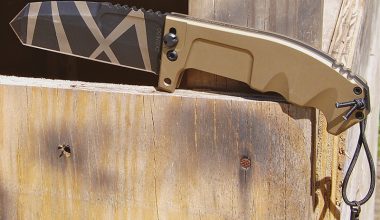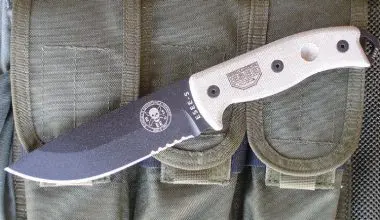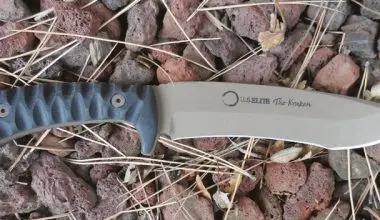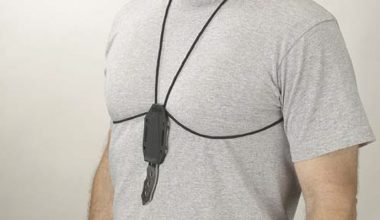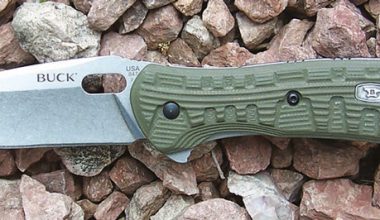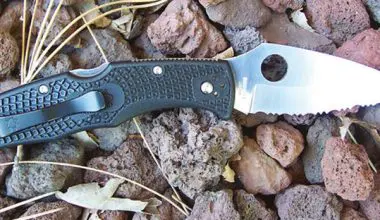History shows that knives chosen for everyday carry (EDC) were usually not that big. Machetes and other choppers, and the large Bowie knives of the frontier, are phenomena of a specific geography or era. Modern big blades still serve admirably when you need a magnum tool, but that is not always the case.
As the nearly universal tool in societies where knife work is done outdoors, a blade may be carried and used constantly. Folks generally carry a knife that is big enough to do most jobs, yet easy to have on the belt.
“Hunting” knives of our fathers’ era, many of which are still in service as legacy knives, usually had a blade of six inches or even considerably less. That’s about the average comfortable length to ride in the ubiquitous leather sheath without riding up when you sit down, and still be big enough for most jobs.
Some sheaths have evolved into grotesque contraptions lately, but quality leather and Kydex or Boltaron minimalist sheaths are readily available and more to my taste. River City Sheaths, Blade-Tech Industries and others can make a custom sheath to your exact taste for any specific blade and carry mode. Saddle makers nationwide can also make custom carry leather.
The obvious advantage of a more compact fixed-blade knife as a carry tool is that it’s more likely to be with you when you need it, whether it lives on your belt or in your glove box or tool chest as suits your work habits.
Weight and comfort may also be considerations in favor of a smaller blade. Another constant advantage of a fixed blade is that it’s ready to go to work as soon as it falls to your hand— no opening blades, no selecting blades from multiple functions, no making sure it’s locked open.
Today’s selection of good-quality fixed-blade knives is tremendous, and modern steels and fabrication techniques deliver proportionally more for the money. Let’s examine some good-quality, good-value everyday carry (EDC) blades from today’s market.
The selection is intended to illustrate the scope of this genre as much as any particular model. Prices vary dramatically, but all shown here represent good value.
An EDC blade of any configuration is a personal choice based on an individual’s anticipated use, work patterns, dress, environs, local laws and other considerations.
If you are a GI in a combat theater, your choice will logically be different than if you are a hunting guide, timber cruiser, public safety worker, farmer, bush pilot, or commercial fisherman.
Shop critically, compare carefully, and always carry the best you can afford. Here are some features and models, in alphabetical order, to consider.
Table of Contents
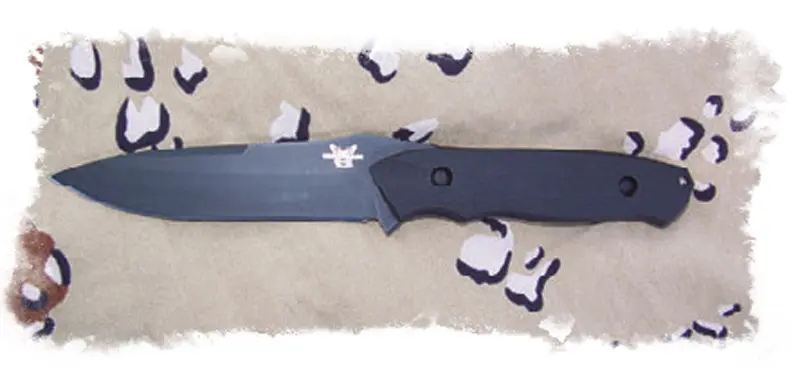 BENCHMADE NIMRAVUS
BENCHMADE NIMRAVUS
The Nimravus is an Elishewitz design, this early one featuring a 41/2-inch drop-point, .115-inch blade from ATS-34 stainless and black BT-2 finished, with nicely sculpted and thin G-10 handles. At 93⁄8 inches overall, the drop-point blade has an interesting swedge, which leaves more meat just aft of the point, for tip strength. The rear of the spine is precisely machined to provide thumb control. The butt is pointed to be a glass breaker and drilled for a lanyard.
Nimravus has been made in ATS-34, 154CM plus M2 and D2 tool steels. It has been made in varying sizes, with partial serrations, tanto tips, and boron carbide coating. It is a very good cutter and an easy carry. Through all evolutions, it has been Benchmade’s best-selling combat fixed blade, and with good reason.
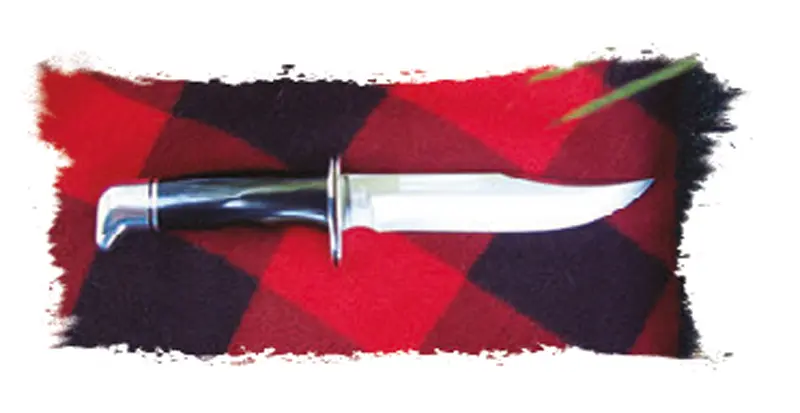 BUCK CLASSIC M119 HUNTER
BUCK CLASSIC M119 HUNTER
Fads come and go, but classics live on because somebody got it just right. A generation of outdoorsmen has made this design a Buck favorite, and it’s influenced a generation of knife designers. Today’s iteration has a satin-finish 6-inch blade of 420HC stainless and phenolic grips, weighing a solid yet trim 7.5 ounces. At 10½ inches overall, the 119 Special features a long and shallow clip-point, high hollow grind and small fuller. It has an appropriate cross guard and aluminum bird’s-head butt. It still comes in a black leather sheath and is made in the U.S.A.
Well-worn examples are found at most any hunting camp, and they have even served well in the Sandbox. Over its 47 years, it’s had various handle materials and has spawned a family of similar blades for Buck. It’s not the only “hunting” knife I really like, but it is pretty much everything such a knife should be.
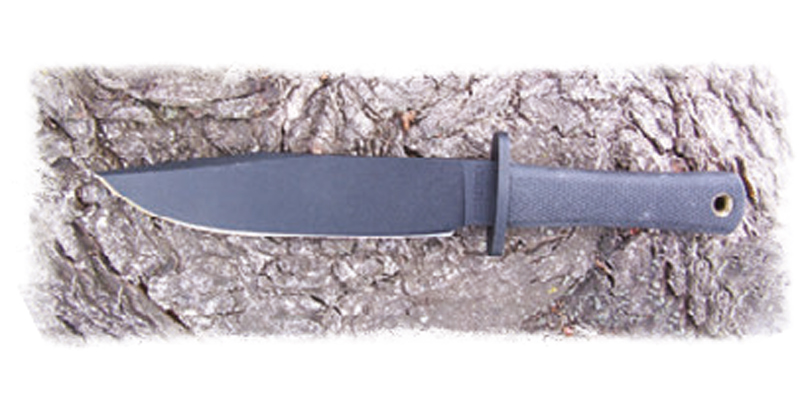 COLD STEEL RECON SCOUT
COLD STEEL RECON SCOUT
With a 7½-inch flat-ground blade and at 12½ inches overall, the Recon Scout may be max for EDC, but if you need a blade of this dimension, the Recon Scout is a good one. Weighing 15 ounces, none wasted, the ubersolid Carbon V (now SK-5 High Carbon) steel blade comes surgically sharp. It’s 5/16-inch thick, strong, well shaped and balanced, and powder epoxy coated. It’s essentially their Trailmaster Bowie with modified dimensions to facilitate carry without losing much ability. The Recon Scout has the same broad, strong 3½-inch clip point with a sharpenable false edge.
If your everyday activities may include wildlife at halitosis distance, the weight, range and grip of the Recon Scout might be welcome. For extended periods in the woods, it would be an OK carry, and the 5-inch checkered-pattern Kraton handle gives a first-rate grip. Sheaths are now Secure-Ex synthetic.
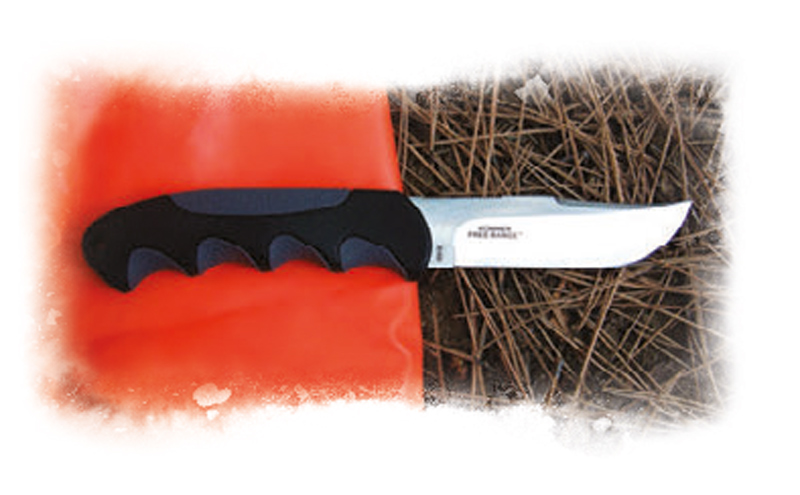 CRKT FREE RANGE HUNTER
CRKT FREE RANGE HUNTER
Although having in-house design wonks, CRKT also manufactures selected designs from talented custom makers, many of whom work in the arena they serve. Russ Kommer has years as an Alaskan guide, and his designs reflect a man who works with the blades he builds and probably doesn’t suffer phony gimmicks.
All knives in his “Free Range Hunter” series feature high hollow-grinds. The 2040 blade has a trim 4¼-inch straight edge with a long and shallow clip point swedged just enough to aid penetration. Made of 8Cr13MoV, it’s hardened to 58-59RC and given a practical satin finish. Although with a .135-inch thick blade, this knife and its double-injection overmolded handle (hard polymer with tactile polymer panels) weighs only 3.6 ounces and is just over 9 inches long. The strong choils and long jimped section on the rear spine keep even large slippery hands where they belong. It’s a comfortable can-do blade in a very efficient envelope. It comes with its own tough hardlined nylon belt sheath with pocket.
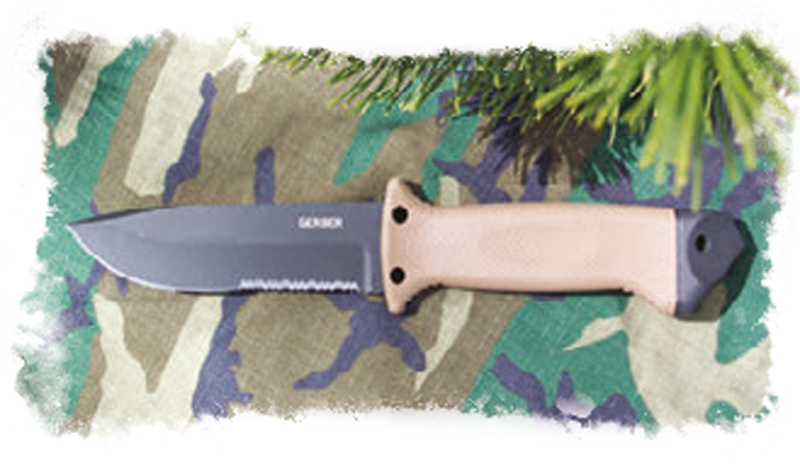 GERBER LMF II INFANTRY
GERBER LMF II INFANTRY
The LMF II is a multi-mission 10.59-inch utility knife with a 4.84-inch serrated drop-point blade of 420HC stainless, black coated. Healthy serrations cut fiber, fuselage, light Plexiglas, and wire. It chops well for its length and batons OK if you must. The overmolded handle is glass-filled nylon with TPV surface, isolating tang from steel butt, to absorb shock from hammering and insulate the grip from electrical contact with the blade. Strategic grooves and lashing holes adapt the knife as a spear. The LMF II weighs 11.67 ounces, and twice that with all parts of the jumpable MOLLE-compatible fire-retardant ballistic nylon sheath.
A removable inner sheath serves as a grip when pounding nails with the butt or punching glass, and includes a V-carbide hasty-sharpener for a quick nasty-but-sharp field edge. Billed as a “survival knife,” it’s multi-capable and abuse-defiant. We like it a lot, but with a minimalist Kydex sheath, you could carry two for the same weight, plus a diamond hone.
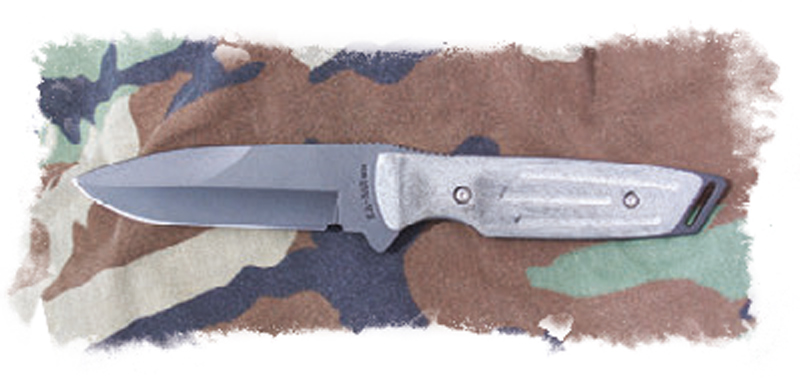 KA-BAR LARGE SPEAR EAGLE
KA-BAR LARGE SPEAR EAGLE
Currently out of stock, KA-BAR’s Impact Series Spear Eagle is one of the best knives they ever made and worth seeking out. Of full oneinch tang construction of 5/32-inch D2 tool steel with a black polymer coating, it’s 9½ inches overall with a 4½-inch blade of drop-point to spear silhouette, swedged at the tip almost to a false edge, hollow ground and hardened to 59-60RC. It has contoured grey Micarta scales of excellent proportion and comes in a versatile hard-lined high-speed, low-drag nylon sheath. It weighs just over 8 ounces.
My example has a plain edge, came as factory-sharp as any knife I’ve seen, and balanced as well as any knife I’ve ever held. KA-BAR has made excellent blades for generations, and with the possible exception of some Becker collaborations, this may be my favorite. I hope the factory outage is temporary.
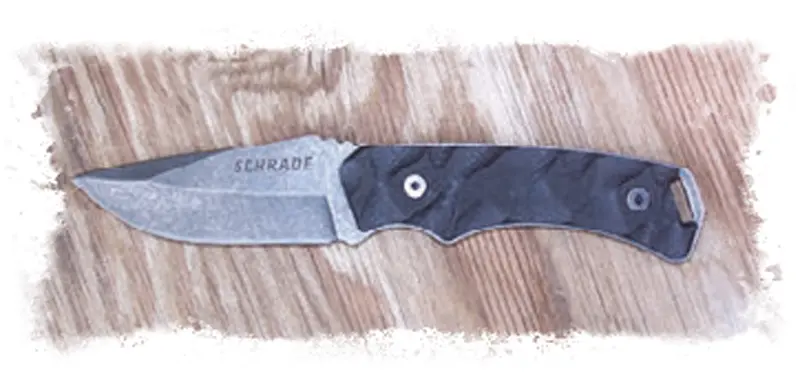 SCHRADE SCHF14 FIXED BLADE
SCHRADE SCHF14 FIXED BLADE
With an unusual, but not unpleasant, angular esthetic due to symmetrically sculpted G-10 grips, the SCHF14 has an overall length of 7.90 inches and blade length of 3.4 inches. The full-tang, deep-bellied drop-point blade is a substantial piece of 8Cr13 High-Carbon stainless and is approximately .15-inch thick. It has a swedged forward spine, slight hollow grind, and businesslike stonewash finish.
The top rear has coarse (but precise) jimping for control, although we can’t imagine a scenario where the hand would slide on the deeply sculpted 4.5-inch handle. At 5.6 ounces, it’s a solid tool, and includes a wide lanyard slot on the butt. The never-drop grip, stainless construction, and lanyard slot might recommend it for underwater work. The dimension and weight are an easy carry in its versatile thermoplastic belt sheath.
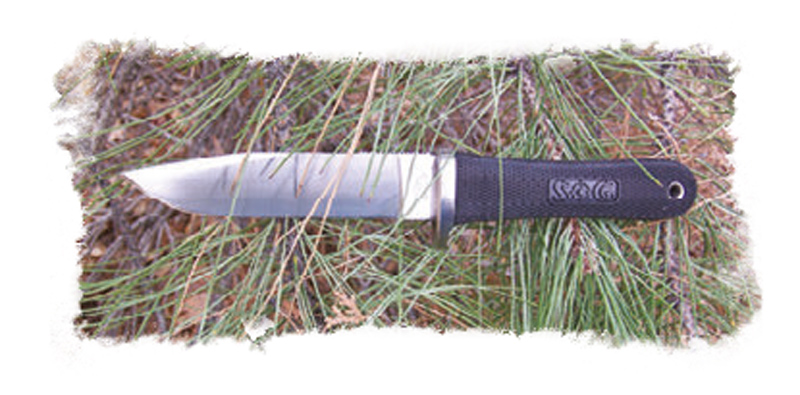 SOG NORTHWEST RANGER
SOG NORTHWEST RANGER
If this blade were black instead of satin, it might be considered a tactical/ workaday/sporting crossover. Size, shape and abilities make it mission appropriate whether you are wearing chocolate chip, denim, or blaze orange. It is a well-designed and constructed blade that does not need novelty features to be a valuable, versatile tool.
The NW Ranger is right at ten inches overall, with a 5¼-inch elongated clip-point, straight-edge blade. It’s made from .15-inch AUS-8 stainless hardened to 57-58RC, with flat-ground full-tang construction. The handle is overmolded textured black Kraton, with excellent palm swell. A cross guard below and precise jimping atop the rear spine work with the Kraton to keep your hand in control when slippery. A lanyard hole is present. Like others considered here, this 6.2-ounce knife is pretty much a blade for all seasons.
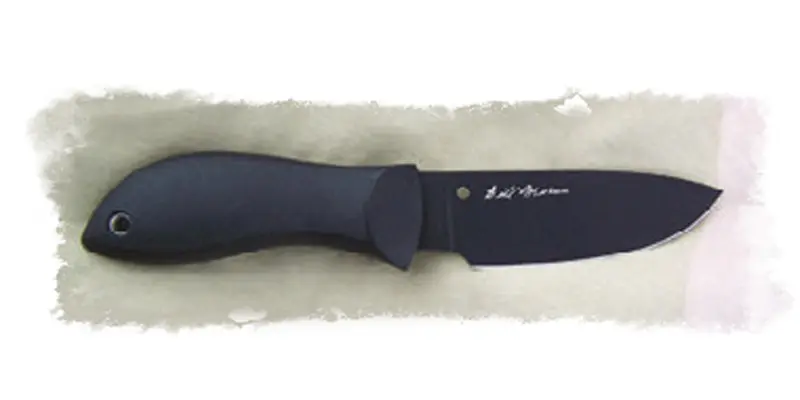 SPYDERCO MORAN
SPYDERCO MORAN
Bill Moran was a master of capable, no-nonsense designs, and Spyderco is a master at putting the most capability and strength into the least weight, which they do with astute design and top materials selection.
The 3.9-inch drop-point Moran is a workhorse, with a cutting edge of 3.4 inches. It’s eight inches overall, with a .125-inch thick blade of VG-10 stainless that has a matte black TiCN finish. It features a fiberglass-reinforced nylon handle with Kraton inserts for a secure and comfortable grip. The flat-ground blade has an arcing belly, leaving just enough point to facilitate detailed cutting and game dressing. The small choil, grippy inserts and contour give excellent control in the mud and blood or with gloves or cold hands because you don’t have gloves. There’s a lanyard hole in the butt.
A weight of only three ounces makes this an obvious choice for bush pilots. It’s been selected for aircrew survival vests in the Air National Guard, replacing older designs. The Moran comes with an adaptable Boltaron sheath.
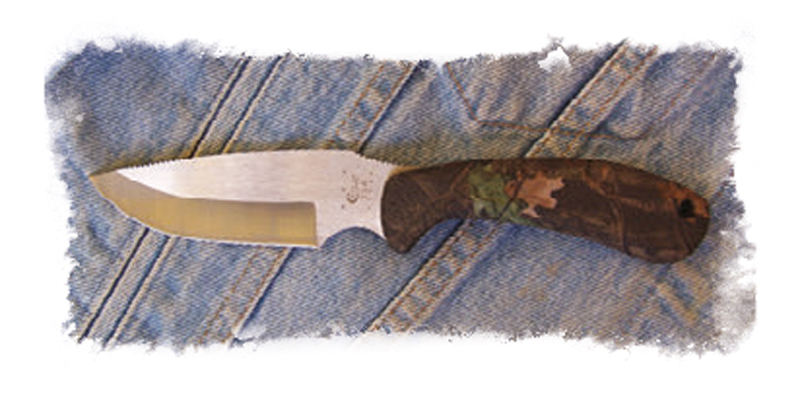 W.R. CASE & SONS RIDGEBACK DROP POINT
W.R. CASE & SONS RIDGEBACK DROP POINT
Say “Case,” and folks envision Grandpa’s Stockman or an aficionado with velvet rolls of gorgeous collectibles. However, Case has always made blades for serious use—their products being collected just because they are so finely crafted.
Case’s working blades are as precisely made from the top materials as those “too nice to use.” Take their Ridgeback 18337: At 8½ inches overall, it has a four-inch drop-point blade with nicely radiused belly, hollow ground. It has well-proportioned textured Zytel handle scales and a generous choil. Built for precise cutting with “as-ground” finish, it has jimping at the rear of the spine plus unique jimping at the top front of the blade, allowing full two-handed control for slippery environs. With full-tang construction, it weighs only 4.2 ounces, and has a rigid-lined nylon sheath. Economical and good to go.
